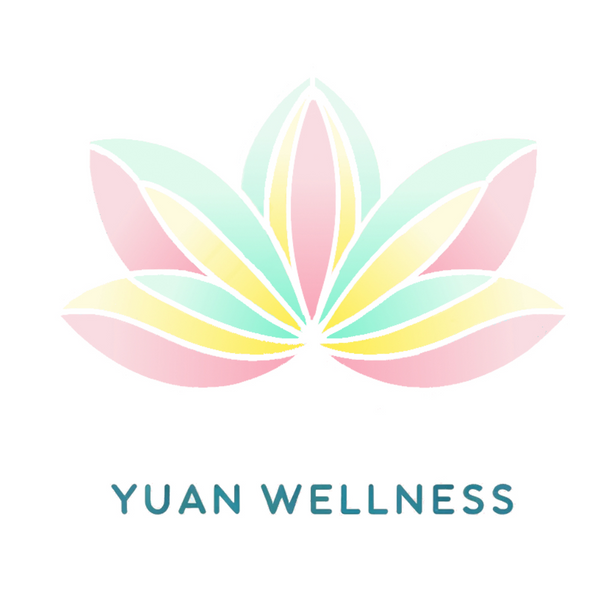Zhan Zhuang Basics: Relax the Waist — Unlocking the Master Switch of Yang Qi
Partager
Translated from the WeChat account “Ma Shiqi Yang-Zheng Gongfa,” posted on 12 September 2014.
The waist is the mandatory passage through which the body’s qi, blood, essence and fluids circulate up and down. It houses the kidneys and serves as the pivot for every bend, stretch and turn. Relaxing the waist is the core of all internal arts and the crucial gateway in every lineage. In this article, “relaxing the waist” refers mainly to the lower-back region. Once you grasp this method, you have stepped through the doorway of internal cultivation.
Traditionally, this has been an esoteric secret—a “private skill” hidden inside boxing methods. Its disclosure here lifts the veil. If you are fortunate enough to read it, you are already connected by fate. Study with sincerity and practise with care.
Our lower back is composed of several layers of muscle. “Relaxing the waist” means letting all of those layers release completely. (See the highlighted area in the diagram below.)
We rarely experience a truly relaxed waist; we’re used to keeping it rigid while standing or walking. Standing at attention in military posture calls for a lifted chest, raised head, and tucked abdomen to look sharp. Women in high heels arch the back, push the chest forward, and tilt the hips to appear more alluring.
This posture shifts your center of gravity forward onto the balls of your feet. To avoid toppling, you instinctively arch the lower back, which further accentuates the curves and makes the hips look fuller and the figure more “sexy.” In reality, these positions are unhealthy. Taken occasionally, your body can cope; held for long periods, they lead to lower-back muscle fatigue and even strain. The old saying “standing too long harms the bones” includes this very problem.
Instead, all physical exercises require loosening the waist. For example, when meditating on two sets, the waist is relaxed. The waist is also relaxed when sitting upright. The waist is also relaxed when playing tai chi, and most of the knee stands in the exercise are also intended to relax the waist.
Meditation on Double Plates
TaiChiIt's easy to find a relaxing feeling in your waist
In Master Ma’s standing-post practice, relaxing the waist is both the starting point and the thread that runs through everything. Once the waist releases, the spine naturally lengthens with three major benefits:
-
Muscular release – Tension in the lumbar muscles dissolves, easing or preventing lower-back disorders.
-
Energy flow – A straightened spine aligns the vertebral openings; the Governing Vessel (Du Mai) “opens,” allowing internal qi to rise and replenish original vitality.
- Effortless breathing – When the spine lifts, the diaphragm loosens and moves freely. Over time this promotes natural abdominal breathing that is deep, long, and unbroken.
A key difference between Master Ma’s standing-post practice and many other methods is you never squat down. That spares the knees from strain and keeps the leg muscles from aching.
But how do you feel the release in your waist when your knees stay straight?
The simplest—and best—way is to stand with your back lightly touching a door frame.
Don’t dismiss this “door-lean” as trivial; it’s a well-guarded secret. Countless people have benefited, especially those with lumbar-disc problems. One man in his seventies leaned against a door for an hour each day—and after three months his herniated disc was completely healed.
Below is the step-by-step method. Anyone can learn it, and it has no side effects. See the illustration below: for clarity we’ve photographed it leaning against a wall, but in actual practice it’s best to lean against a doorframe to avoid catching a chill.
How to Practise the “Door-Lean” Standing Posture
- Choose a door. Stand with your back lightly against it.
- Foot placement – Feet shoulder-width apart. Heels are one full foot (or half-foot) length away from the door.
- Knees – Relaxed and slightly bent, not locked straight.
- Head & neck – Tuck the chin, lengthen the crown upward.
- Tongue & eyes – Press the tongue against the upper palate; gently close the eyes.
- Hand position –Men: Right hand rests on top of the left. Women: Left hand rests on top of the right. Both palms lie over the lower abdomen, covering the Qì-hǎi point/CV6.
- Chest & shoulders – Hollow the chest slightly, round the upper back, let the shoulders fold forward a touch.
- Pelvis & waist – Tuck the tailbone, relax the belly, and press the entire lumbar area onto the door—from mid-back down to the hips—so there is no gap at all (test with a flat hand; it should not slide between your back and the door).
Practice in this posture; everyone can master it and there are no side effects.
(Photos show leaning against a wall for clarity, but leaning against a doorframe is recommended to avoid catching a chill.)
Pay close attention to the details below—they’re common mistakes that will throw the posture off (see illustration).
Great—you now have the method for relaxing the waist and can practise on your own!
Stand up right now, find a door, lean against it, and feel the posture. It doesn’t take long—after just five minutes you’ll feel noticeably comfortable. Keep at it each day and you’ll soon see changes in your body.
Every one of us holds limitless potential and hidden treasure. With the right method, we can tap that reserve and reap endless benefits—your body already contains its own “great medicine.”
A note about curves:
A healthy waist doesn’t mean eliminating the natural curve; quite the opposite. A strong waist preserves the normal S-shaped spinal curve. Relaxing the waist in standing practice lets tight muscles rest, become more elastic, and regain their “can-flex, can-extend” vitality—enhancing true, healthy curvature.
